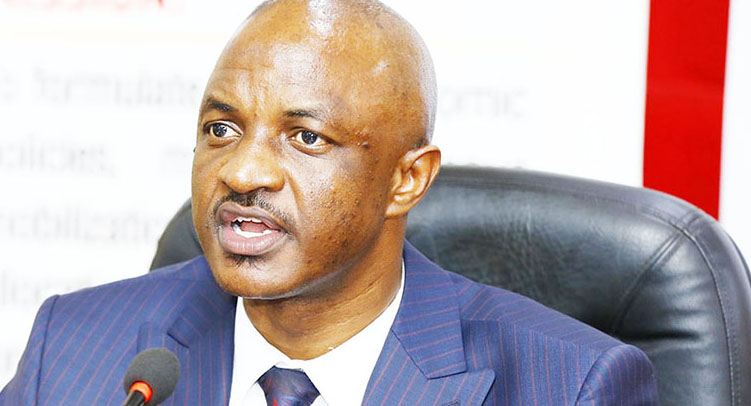In the first quarter (July-September 2024), the Ugandan government released Shs 5.899 trillion, representing 21.3% of the discretionary budget. This release supports various sectors and provides a clear picture of the biggest and lowest beneficiaries of the allocations.
Biggest Beneficiaries
- Wages and Salaries: A substantial portion, Shs 1.990 trillion, was allocated to cater for wages and salaries across the government, marking it as the largest beneficiary. This includes:
- Shs 323.50 billion for pension and gratuity.
- Shs 308.75 billion for local governments, including Shs 112.28 billion for education capitation grants for the third term of the school year.
- Shs 95.26 billion for public universities, Uganda Management Institute, and the Law Development Centre to meet semester requirements.
- Public Investments: The government’s commitment to infrastructure and public project funding is evident with significant allocations, such as:
- Shs 229.27 billion for local government development grants.
- Shs 173.68 billion to the National Medical Stores (NMS) for essential drugs and medicines.
- Shs 124 billion to Uganda National Oil Company (UNOC) for equity acquisition in the East African Crude Oil Pipeline (EACOP).
- Shs 124.63 billion to the National Council of Sports, including payments for AFCON commitment fees.
- Security Institutions: Operational funds for security institutions were also heavily prioritized:
- Ministry of Defense and Veteran Affairs received Shs 253.30 billion.
- Uganda Police Force was allocated Shs 56.43 billion.
- Uganda Prisons Services received Shs 44.79 billion.
- Other Notable Allocations:
- Parliament: Shs 153.60 billion.
- Judiciary: Shs 47.40 billion.
- Uganda Cancer Institute: Shs 12.31 billion.
- Uganda Heart Institute: Shs 7.06 billion.
Lowest Beneficiaries
- Referral Hospitals and Health Subventions: Although significant, some health institutions received comparatively lower allocations:
- Referral hospitals: Shs 22.58 billion.
- Uganda Blood Transfusion Services (UBTS): Shs 4.1 billion.
- Subventions under MoH for medical interns’ salaries: Shs 21.85 billion.
- Overseas Missions and Small Agencies:
- All missions abroad received Shs 100.58 billion, representing 50% of the annual budget to hedge against loss of poundage.
- Uganda Revenue Authority (URA): Shs 14.34 billion.
- Kampala Capital City Authority (KCCA): Shs 22.67 billion.
- Miscellaneous Allocations:
- ISO received Shs 28.08 billion.
- ESO received Shs 19.44 billion.
- Auditor General: Shs 10.11 billion.
Key Insights and Implications
The significant allocations toward wages, public investments, and security institutions highlight the government’s priorities in maintaining stability and advancing infrastructure projects. However, the comparatively lower allocations to specific health institutions and smaller agencies indicate a potential area for concern, especially in critical service delivery sectors.
The focus on local government grants and the National Medical Stores reflects a commitment to improving public health and local governance. Meanwhile, the substantial funds directed toward the Uganda National Oil Company emphasize the strategic importance of the oil sector in Uganda’s economic future.
Conclusion
The Q1 budget release aligns with Uganda’s fiscal consolidation efforts, aiming for disciplined budget management and effective public service delivery. As highlighted by the Finance Ministry, ensuring timely payment of salaries and pensions, clearing domestic arrears, and maintaining fiscal discipline remain top priorities for the government. These measures are crucial for sustaining economic growth and enhancing public trust in governmental operations.

